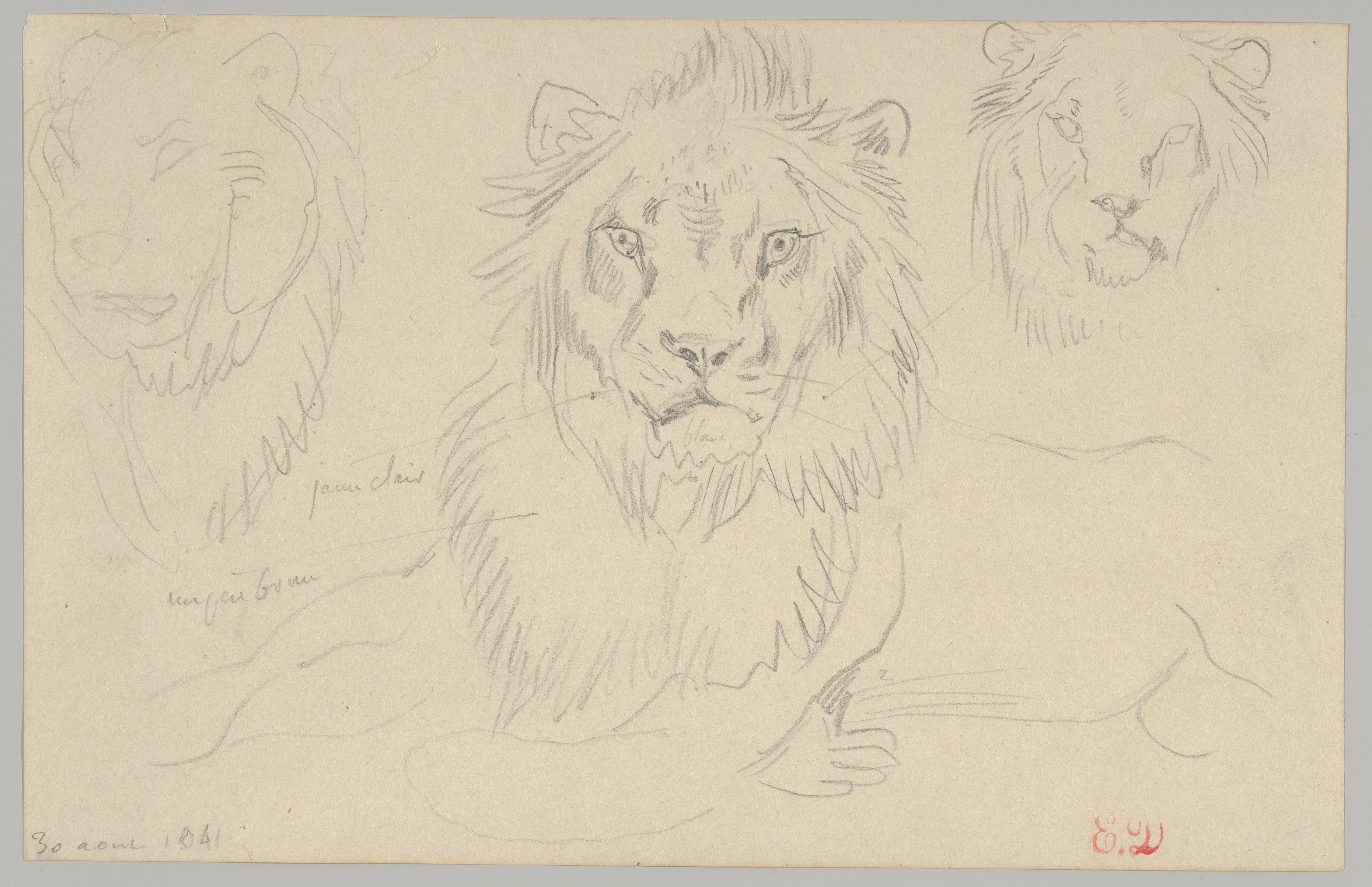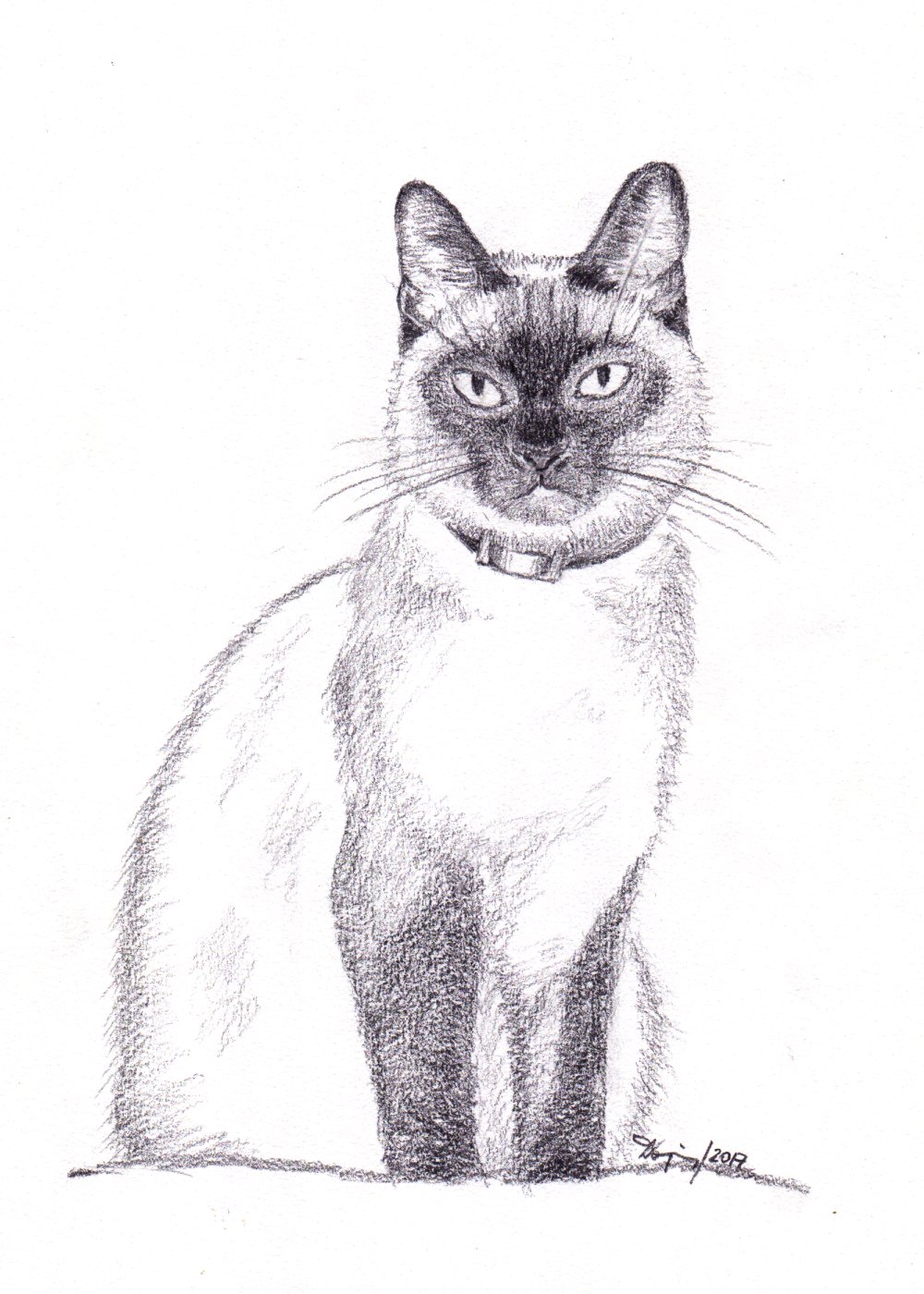 |
| Maria Mamontova Riding a Horse. 1884 Valentin Serov, Public domain, via Wikimedia Commons {{PD-US}} |
Drawing animals is a timeless form of artistic expression, offering a unique way to connect with the natural world through the eyes of an artist. Whether you’re sketching a majestic lion or a gentle cow, black and colored pencils are the ideal tools for achieving remarkable realism, depth, and emotion.
Their versatility allows for the creation of intricate details, from the texture of fur to the subtle glint in an eye.
This comprehensive guide will show you how to draw a variety of animals, including lions, horses, cats, dogs, cows, and buffaloes, using both black and colored pencils.
We will explore essential techniques for building form, modeling volume, and capturing lifelike textures. Along the way, we’ll delve into seven inspiring examples of finished artwork to provide you with artistic motivation and practical insights.
You will learn to transform a simple blank page into a vivid, expressive tribute to the animal kingdom. This journey into animal portraiture will deepen your appreciation for the subjects and hone your skills to an extraordinary level.
Why Choose Black and Color Pencils for Animal Drawing?
 |
| Abulekak, CC BY-SA 4.0, via Wikimedia Commons An orangutan drawn with pencil |
-
Precision and control: Pencils offer superior control, especially important for intricate fur and skin details.
-
Layering and shading: Artists can layer colors and tones to create depth, texture, and shadows.
-
Realism: When mastered, colored pencils can rival paint in realism.
-
Portability: No mess, no water—just grab your sketchbook and go.
Tools You’ll Need for Animal Pencil Drawings
 |
| Basic Figures of Pets |
To get started with drawing animals in black and colored pencils, here's a list of recommended tools:
-
Graphite pencils (HB to 8B for base sketches and shading)
-
Colored pencils (e.g., Prismacolor, Faber-Castell, or Caran d’Ache)
-
Erasers (kneaded and precision-tip)
-
Blending tools (blending stumps or tortillons)
-
Textured drawing paper (for better pencil grip and blending)
-
Reference photos (high-resolution animal images)
Drawing Techniques for Each Animal
Let’s now break down drawing techniques for each of the six animals mentioned: lion, horse, cat, dog, cow, and buffalo.
1. Drawing a Lion with Black and Colored Pencils
 |
| Eugène Delacroix, CC0, via Wikimedia Commons |
Techniques:
-
Start with graphite sketching: Use an HB pencil to outline the facial structure and mane.
-
Use sepia, ochre, brown, and black colored pencils for the mane.
-
Layer fur strokes using short, directional lines to mimic hair.
-
Add depth to the eyes with black, gold, and white highlights.
-
Create a background with earthy tones to enhance realism.
2. Drawing a Horse with Colored Pencils
Horses are known for their grace, muscle structure, and soulful eyes.
Techniques:
-
Outline proportions carefully—horse anatomy can be complex.
-
Use neutral tones like grays, browns, and creams for realistic coat colors.
-
Emphasize light reflections on the body using white and light blue pencils.
-
Use a black pencil sparingly to define muscle shadows and mane.
-
Use a white pencil or eraser to highlight fur shine and light reflections.
3. Drawing a Cat in Colored and Graphite Pencils
 |
| Turbojet, CC BY-SA 4.0, via Wikimedia Commons |
Techniques:
-
Begin with light graphite outlines for the body, ears, and tail.
-
Use fine-tip colored pencils to add fur texture—work in layers.
-
Pay close attention to eye details, which are often the focal point.
-
Blend colors like gray, orange, white, or black, depending on the breed.
-
Use a white gel pen for whiskers and catchlights in the eyes.
4. Drawing a Dog Using Black Pencils
 |
| Mike Bruce, CC BY-SA 4.0, via Wikimedia Commons |
Techniques:
-
Capture the personality through expressive eyes and posture.
-
Use different stroke lengths to replicate fur based on breed.
-
Layer browns, tans, blacks, and grays for most breeds.
-
Add depth by contrasting shadows with a black pencil.
-
Use cross-hatching and stippling for textured fur areas.
5. Drawing a Cow with Colored Pencils
 |
| Rijksmuseum, CC0, via Wikimedia Commons |
Techniques:
-
Use graphite to outline body proportions.
-
Use browns, blacks, and whites for common dairy cow breeds.
-
Add soft shading around the nose and ears to show volume.
-
Highlight the shine on the coat with white or light gray pencils.
-
Texture the grass or farm background with green and yellow tones.
6. Drawing a Buffalo with Black and Colored Pencils
Buffaloes are iconic animals known for their muscular structure and shaggy hair.
Techniques:
-
Outline with an HB pencil, focusing on bulk and anatomy.
-
Use black and dark browns for coat texture.
-
Emphasize the horns and facial structure with careful shading.
-
Highlight dusty or muddy textures with light browns and grays.
-
Create contrast in the eyes to depict strength and calmness.
7 Stunning Examples of Animal Pencil Artwork
Here are seven powerful examples of how colored and black pencils bring animal drawings to life:
Example 1: Majestic Lion Portrait in Sepia Tones
An artist uses brown and black colored pencils to portray a lion roaring, capturing the raw power of the animal with intricate fur detail and expressive eyes.
Example 2: Running Horse in Motion
A dynamic drawing of a galloping horse with a wind-swept mane, blending grays and blacks with touches of white to show light play across muscles.
Example 3: Sleeping Cat on a Windowsill
A cozy domestic cat drawn with subtle shades of orange and cream, with sunlight spilling across its body—showing fur softness using layering techniques.
Example 4: Dog Portrait with Family Name
A custom pet portrait of a Labrador retriever done in full color, framed with the family name—showcasing personalized art trends.
Example 5: Cow in a Field at Sunset
A Holstein cow captured in a rural setting using orange, green, and blue color pencils. The sunset glow adds warmth to the drawing.
Example 6: Buffalo Head Close-up
A realistic drawing focusing on the buffalo’s powerful horns and rough hide texture—using black, brown, and gray pencils for a dramatic effect.
Example 7: Lion Cub in Grass
A playful lion cub nestled in tall grass, using colored pencils to highlight innocence and environment with bright greens and yellows.
Tips for Improving Your Animal Pencil Drawings
-
Use real-life references or high-resolution photos.
-
Understand anatomy before detailing fur or features.
-
Layer slowly—don't rush the color application.
-
Use directional strokes to mimic real fur growth.
-
Blend sparingly to maintain natural texture.
-
Use contrast—highlights and shadows bring depth.
-
Practice eyes—they bring your animal to life.

Image Generated by ChatGPT (AI)

Conclusion: From Sketch to Masterpiece
Drawing animals such as lions, horses, cats, dogs, cows, and buffaloes using black and colored pencils is a rewarding artistic journey.
With practice, patience, and the right techniques, you can capture the spirit and likeness of these creatures on paper.
Whether you're pursuing realism or stylization, mastering pencil techniques will open up a new world of artistic possibilities.
Explore different textures, lighting, and colors—experiment, observe, and most importantly, enjoy the process of bringing animals to life through your art.
Some important words used in this composition.
“How to draw animals with colored pencils,” “Animal pencil sketch techniques”
“Lion drawing tutorial colored pencil,” “Realistic pet portrait with pencils”
“Horse pencil art step-by-step,” “Cat fur drawing with color pencils”
“Buffalo head pencil sketch ideas,” “Farm animals drawing tutorial”
“Best pencils for drawing animals” “Animal art for beginners”
No comments:
Post a Comment